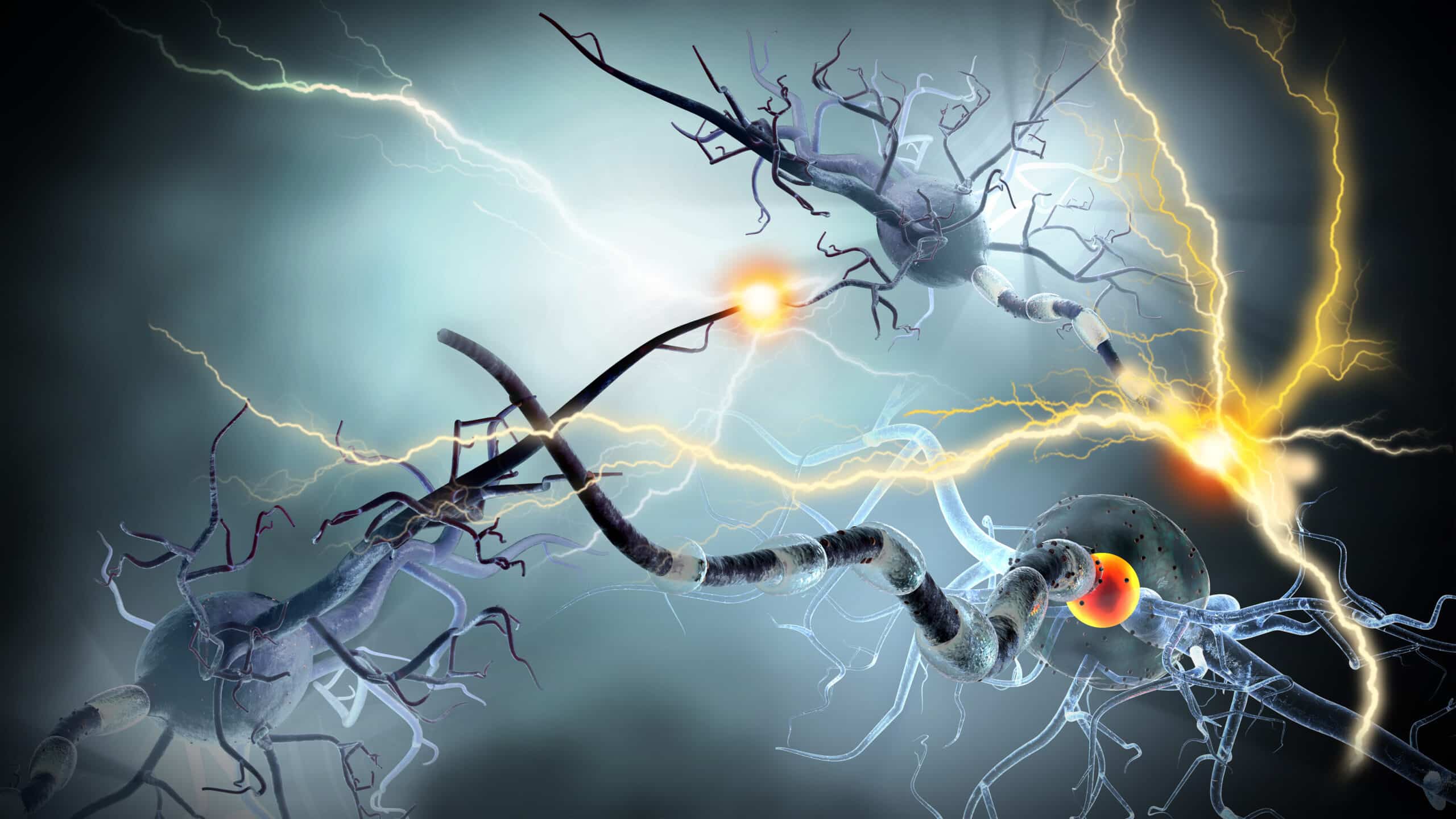The research, published in Nature Communications, suggests that the perception of pain in people with Alzheimer’s Disease may be altered, and asks whether changes in management of pain in people with AD could improve their quality of life.
While chronic musculoskeletal pain is common in individuals with AD, it remains largely untreated as it can go unreported due to the cognitive deficits attached to the disease.
In this study, the researchers sought to explore whether there is also an alteration in the body’s response to pain by the nervous system in people with AD.
In healthy mice, pain signals are transmitted from the point of origin to the central nervous system to initiate an immune response. The protein Galectin-3 has been demonstrated to be responsible for pain signal transmission to the spinal cord. Upon reaching the spinal cord, it binds to another protein, TLR4, to initiate the immune response.
In this study, researchers used an AD mice model and gave them rheumatoid arthritis, a type of chronic inflammatory disease, through blood transfer. They observed an increase in allodynia, pain caused by a stimulus that doesn’t normally provoke pain, as a response to the inflammation. They also found and increased activation of a microglia — resident immune cells — in the spinal cord. They determined that these effects were regulated by TLR4.
Researchers found that the mice with AD lacked TLR4 in the immune cells of their central nervous system and were therefore unable to respond to pain in the typical way as the signals were not being perceived.
This resulted in the mice with AD developing less joint inflammation-related pain, and a less powerful immune cell response to the pain signals received by the central nervous system.
Professor Marzia Malcangio, Professor of Neuropharmacology at King’s IoPPN and the study’s senior author said, “Nociceptive pain — pain which is the result of tissue damage — is the second most prevalent comorbidity in individuals with Alzheimer’s disease. Our study has shown that, in mice with Alzheimer’s, the body’s ability to process that pain is altered due to the lack of TLR4; a protein vital to the immune response process in the central nervous system.
“These are important findings, as untreated pain can contribute to the psychiatric symptoms of the disease. Increasing our understanding of this area could, with more research, lead to more effective treatments and ultimately improve people’s quality of life.”
George Sideris-Lampretsas, a Ph.D. student at King’s IoPPN and the study’s first author said, “The results of this study have the potential to make an impact, not only by identifying Galectin-3/TLR4 as a potential therapeutic target for chronic pain, but most importantly by raising awareness around the underreported and untreated pain experienced by patients with AD.”




